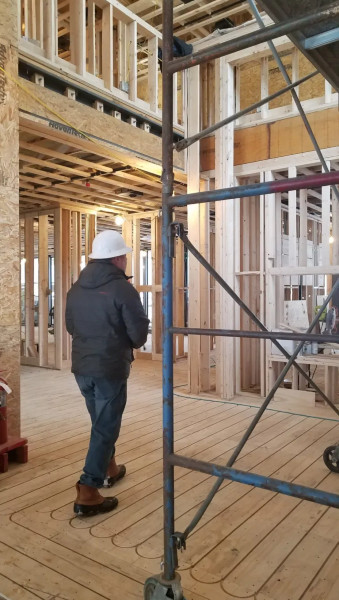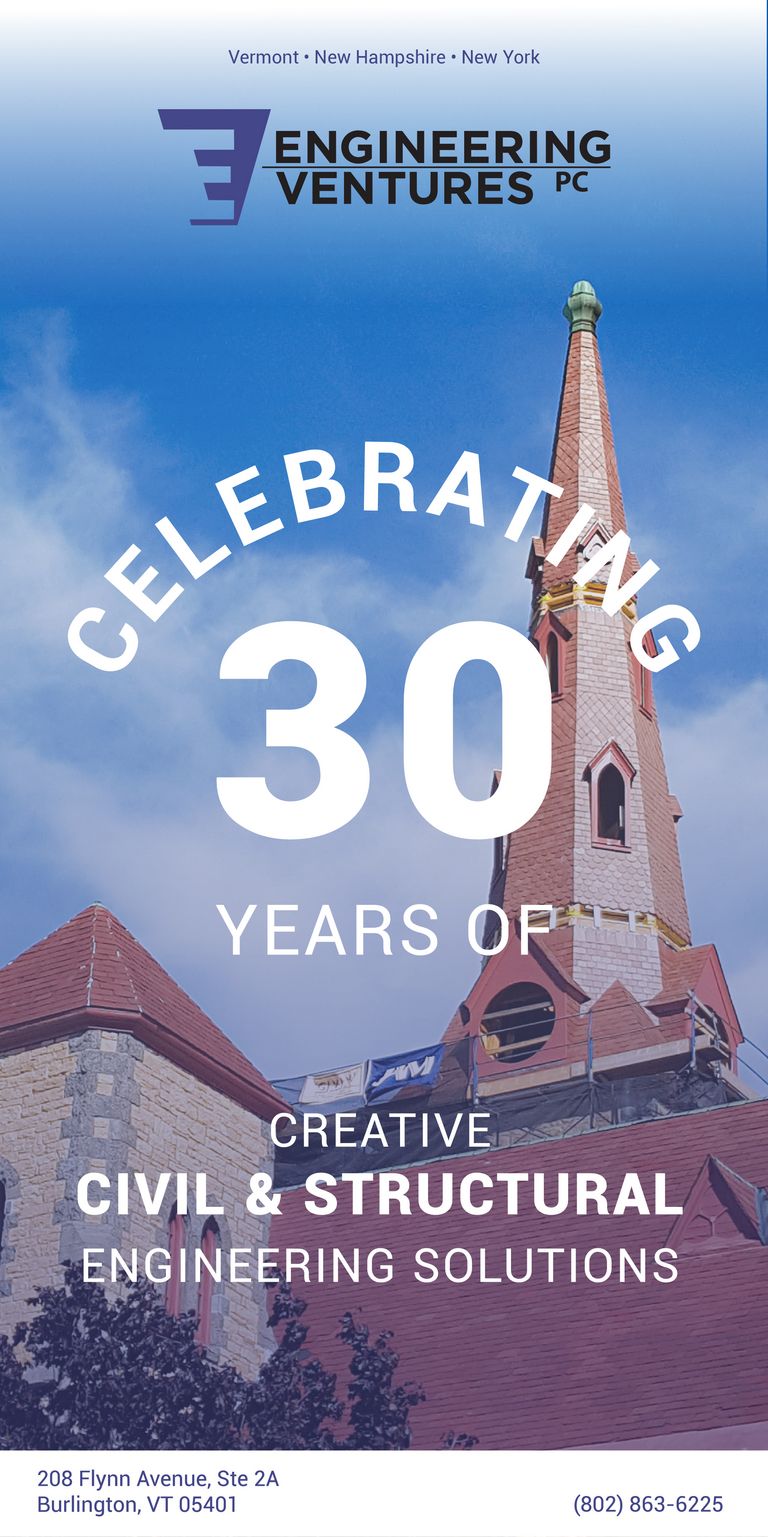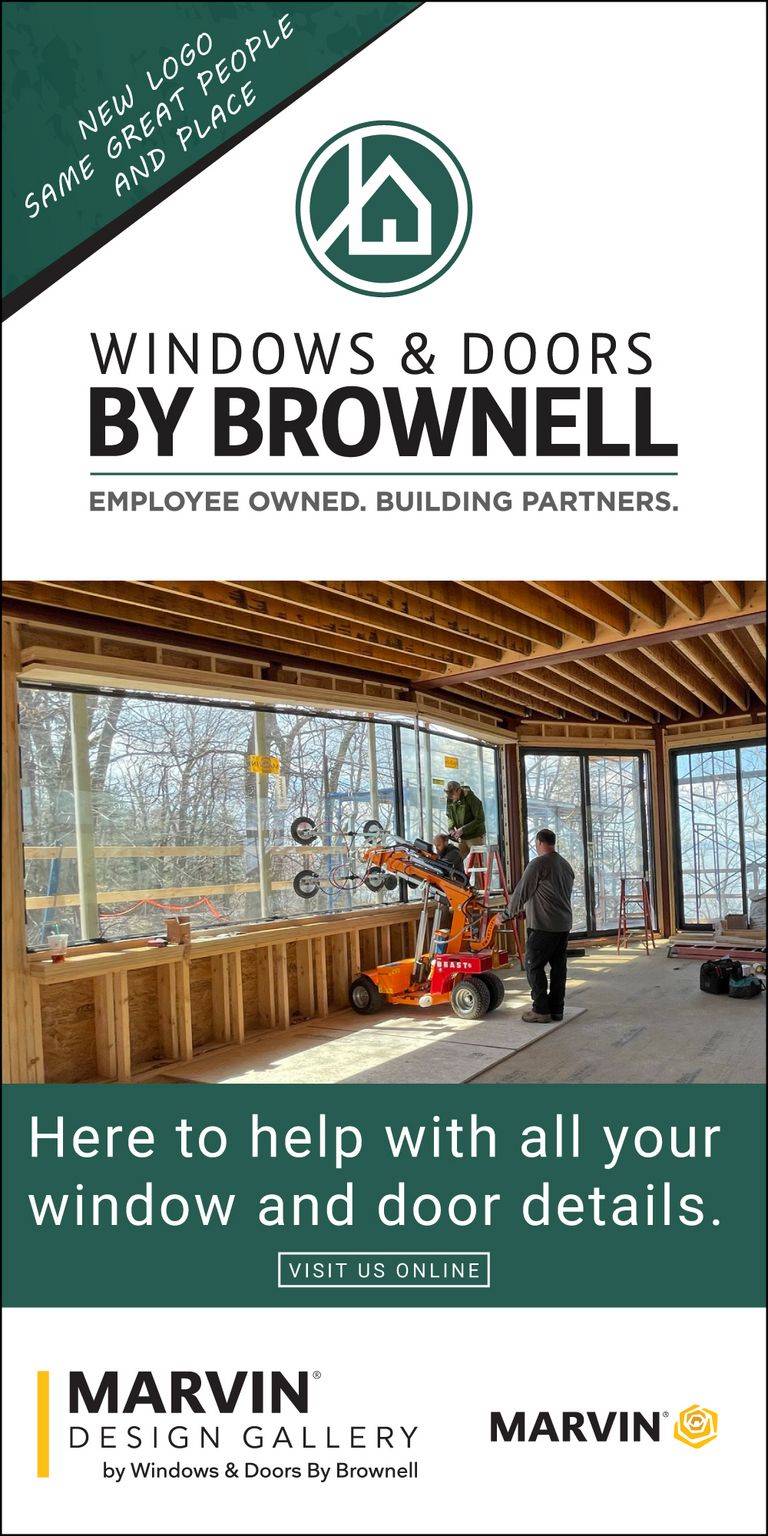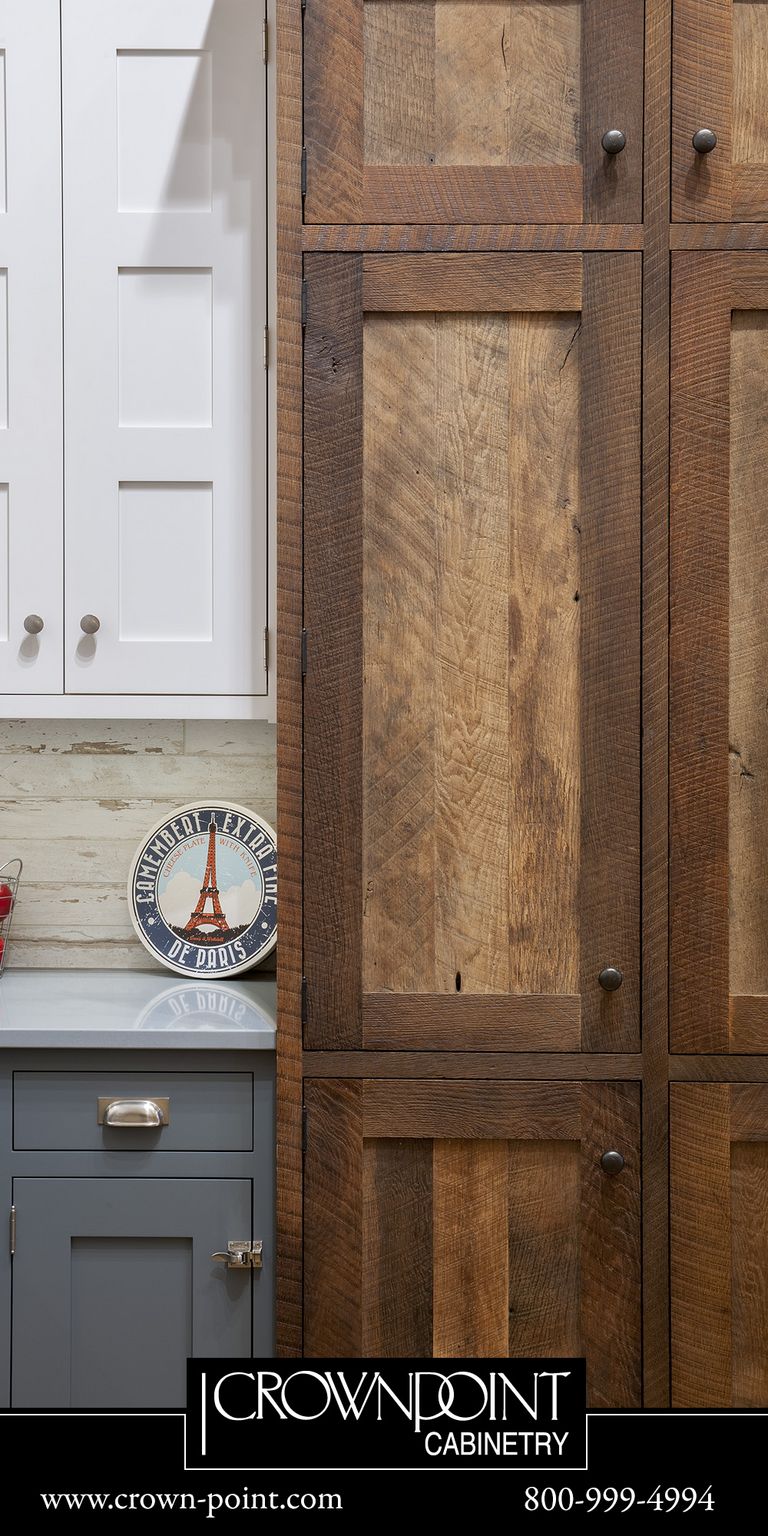Engineering Ventures PC Commits to SE2050
This article features advertorial content by Katherine Rudski of Engineering Ventures.
What can we do to achieve a net zero world? As architects, engineers and builders, our community of professionals has a unique opportunity to change the trajectory of climate change. We can reduce extraction, pollution, and waste for the better. Up to an average of 71% of embodied carbon in residential/commercial buildings comes from Structure (55% - substructure and superstructure) and Construction itself (16%). The buildings we design and build contribute up to 11% of all human caused emissions on the planet, and that doesn’t even include operation costs! There are many ways to reduce operating costs, but reducing the carbon footprint of materials and construction is critical and more conducive to reducing overall carbon in a building’s life cycle, taking a bigger chunk out of the overall carbon footprint.
It is up to all of the parties involved in the design and building process – from owners to architects to construction firms – to call for the use of more carbon friendly materials. A coordinated effort across all parts of our industry is crucial to a net zero and reduced carbon world.
Engineering Ventures, PC (EV) is proud to be a part of Structural Engineers 2050 (SE2050) – a commitment to reduce embodied carbon in structural systems. The movement will run parallel to AIA 2030, a commitment to have all new buildings, developments, and major renovations be carbon-neutral by 2030. The SE2050 challenge solidifies a clear strategy for structural engineers to follow when preparing documents for a project. It encourages engineers to consider the embodied carbon in a material used. This could be anything from fly ash content in the concrete slabs or foundation to the wood material used in framing. Everything from raw material acquisition and production to transportation and construction itself is accounted for in embodied carbon by Life Cycle Assessments (LCA) and indicated in a product’s Environmental Product Declaration (EPD).
Many LCA comparisons look at swapping in more carbon friendly materials. There are unconventional materials that can make an impact (straw, hemp and rice hulls), but there are also many conventional materials that can do much the same thing (timber, cellulose and wood fiber board). Take for example a recent Engineering Ventures project option study for schematic design: Option A consisted of glu-laminated wood beams and columns that support cross-laminated wood panels, while Option B consisted of steel framing (beams and columns) and composite slab-on-deck floor system. Option A resulted in a 50% reduction in the carbon footprint of the structural components. In combination with architectural choices, one could see how the overall carbon reduction is significant. The carbon footprint could be reduced further by utilizing the unconventional materials previously noted.
As a practitioner of LCA’s and a participant in ASCE SEI’s Sustainability work for well over a decade, Engineering Ventures, PC is excited to be a part of this historic push towards a net zero future. We have signed on to the SE2050 commitment and have begun to adjust to their standards for our projects and reporting to the common database.
EV’s Clark Agnew, PE, notes: “There is embodied carbon analysis software we use to perform LCA’s for a building. Our Building Information Modeling (BIM) software recently came out with a carbon calculator add-on. These are some of the tools that will aid us in working with SE2050 and track our progress as a structural community toward the 2050 goal.”
There is more to be done beyond using certain software. “[Joining the SE2050 movement] means we’re informing our clients, our employees, owners, friends, family and getting the word out there. It means collaboration with architects (and AIA 2030), project owners, and construction companies.”
We are excited about the opportunity to work together to reduce embodied carbon in our projects.
1. Carbon Leadership Forum
2. Endeavor Centre http://endeavourcentre.org/ · https://www.youtube.com/watch?v=h1piVin01vQ
About Engineering Ventures, PC
Engineering Ventures, PC is a combined civil and structural engineering firm with offices in Vermont, New Hampshire, and the New York Capital Region.
Engineering Ventures, PC – Burlington, VT
208 Flynn Avenue, Suite 2A
Burlington, VT 05401
(802) 863-6225
Opinions expressed in AIAVT News are those of the writers to whom they are attributed and not AIAVT, unless specifically stated. Neither this Chapter, nor the Executive Committee, any Chapter committee, nor any of its officers, directors, committee members or employees, in an official capacity as such, shall approve, sponsor or endorse, either directly or indirectly, any public or private enterprise operated for profit, or any material of construction or any method or manner of handling, using, distributing or dealing in any material or product.






